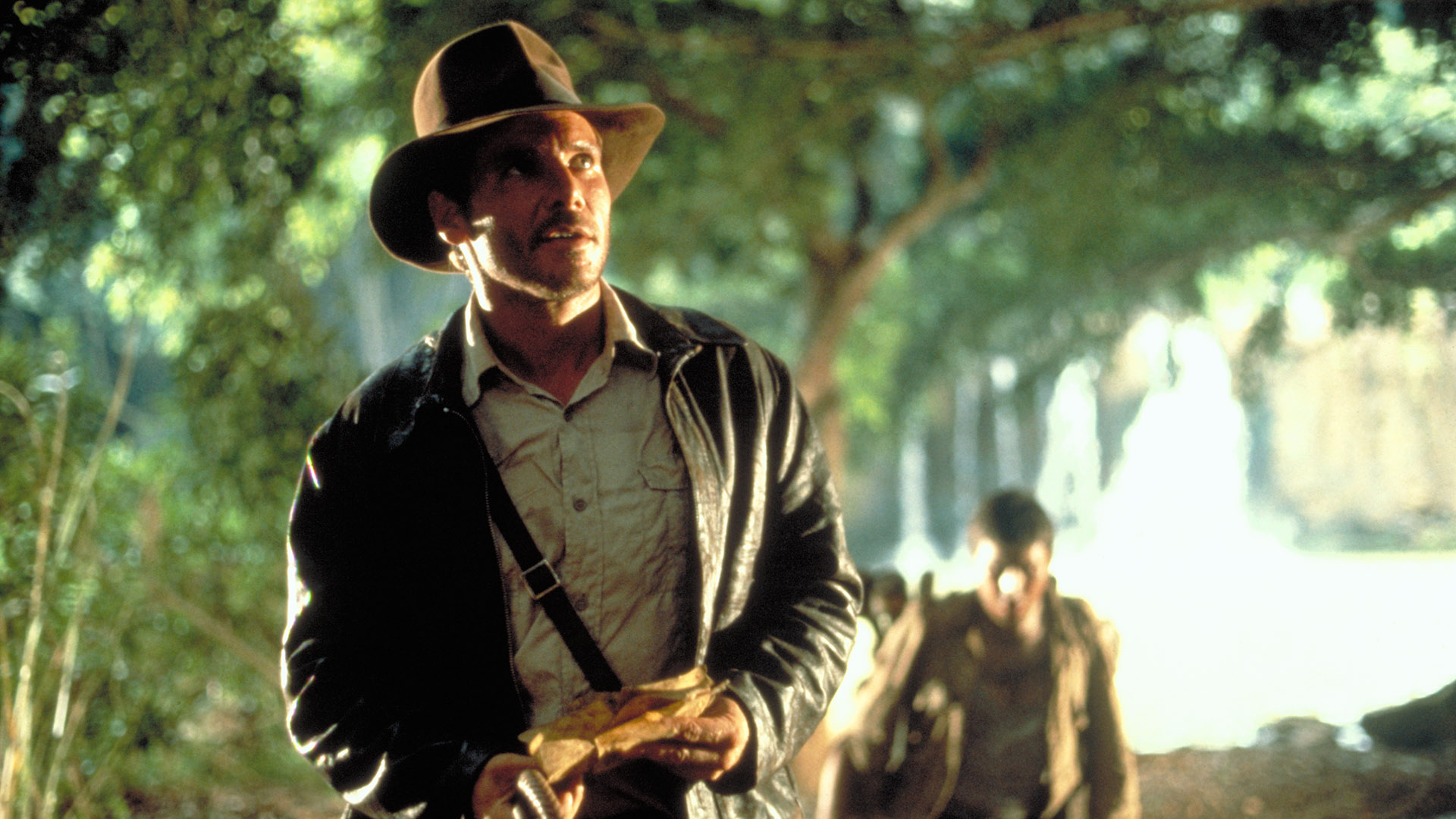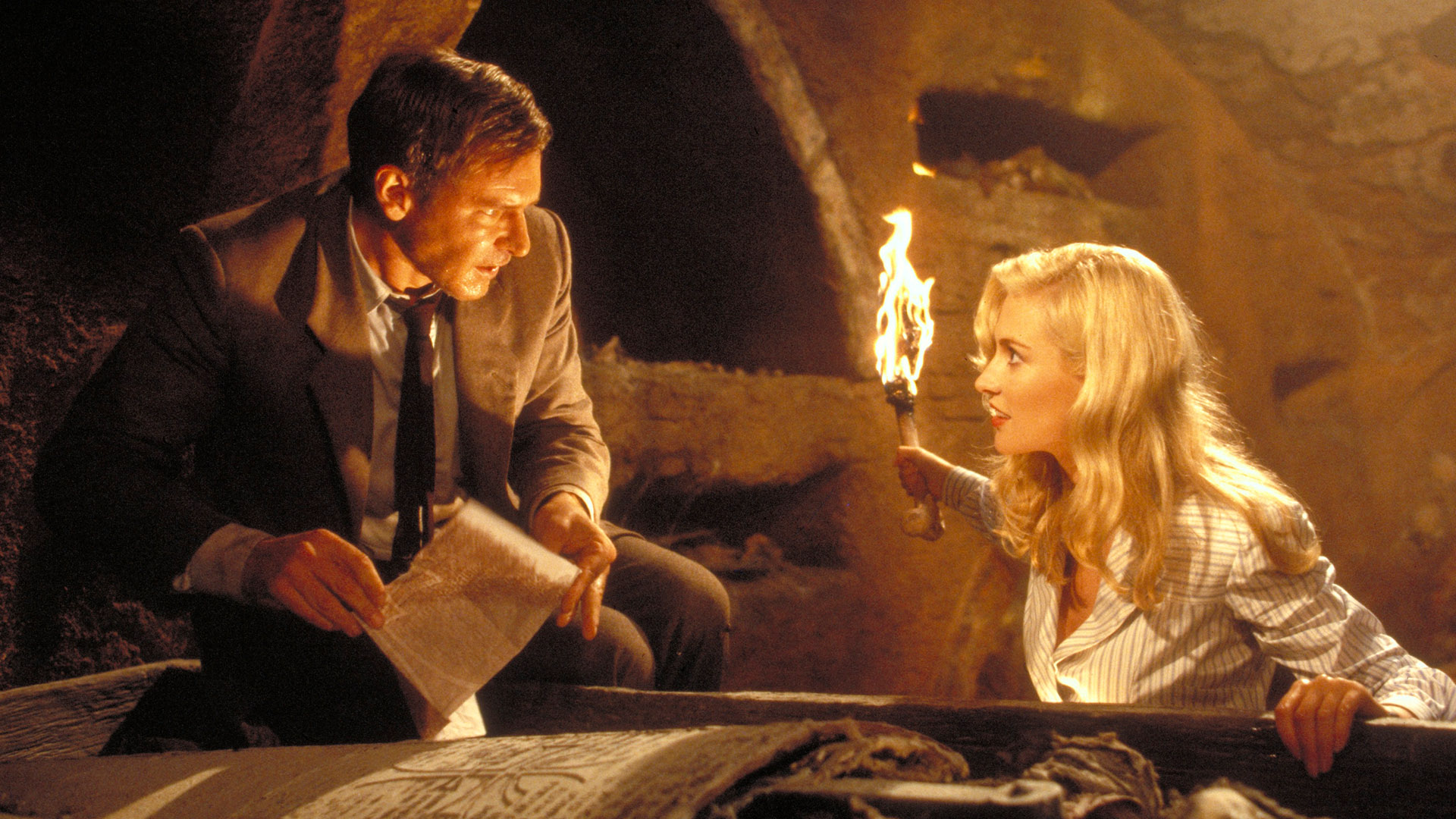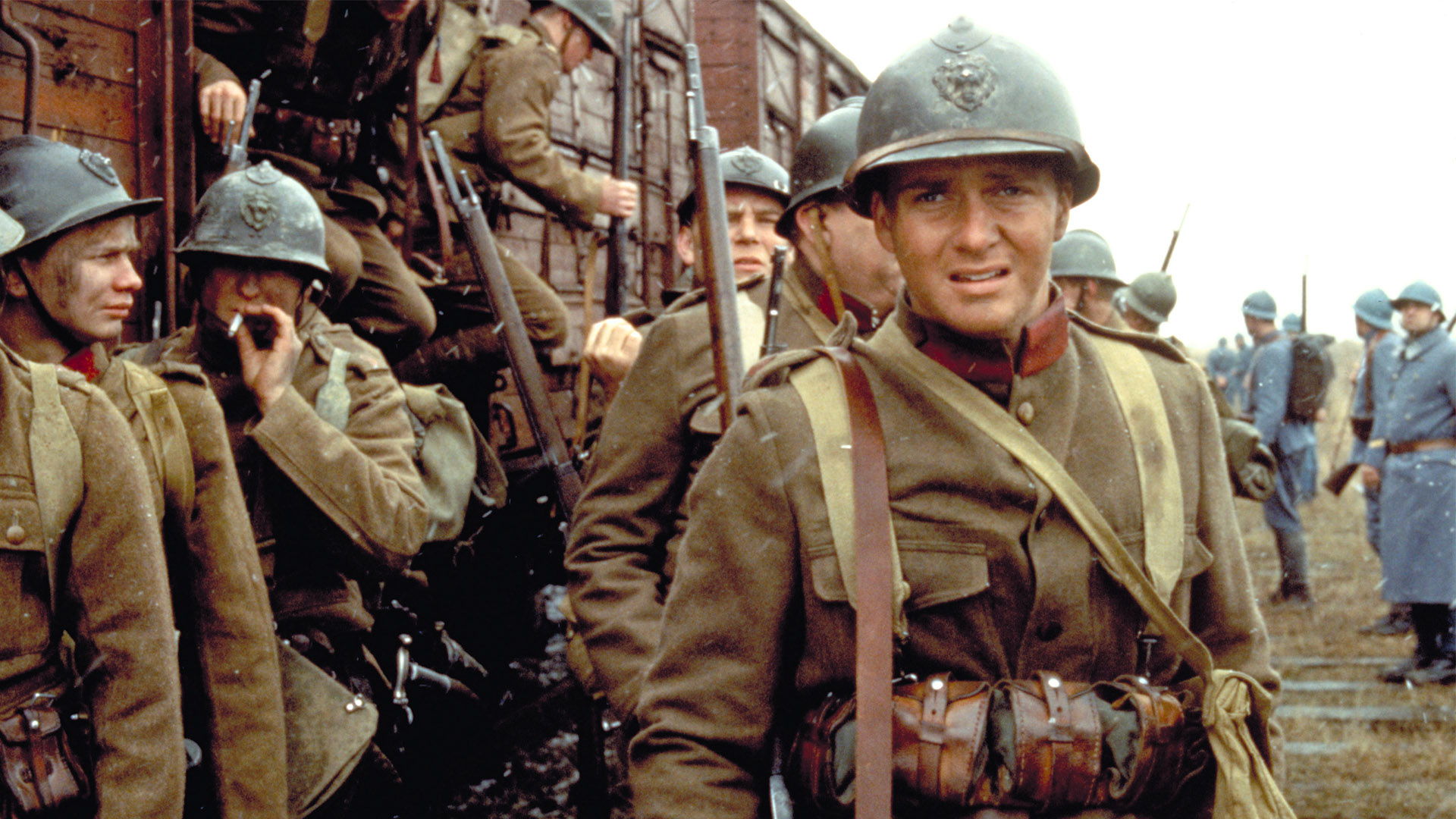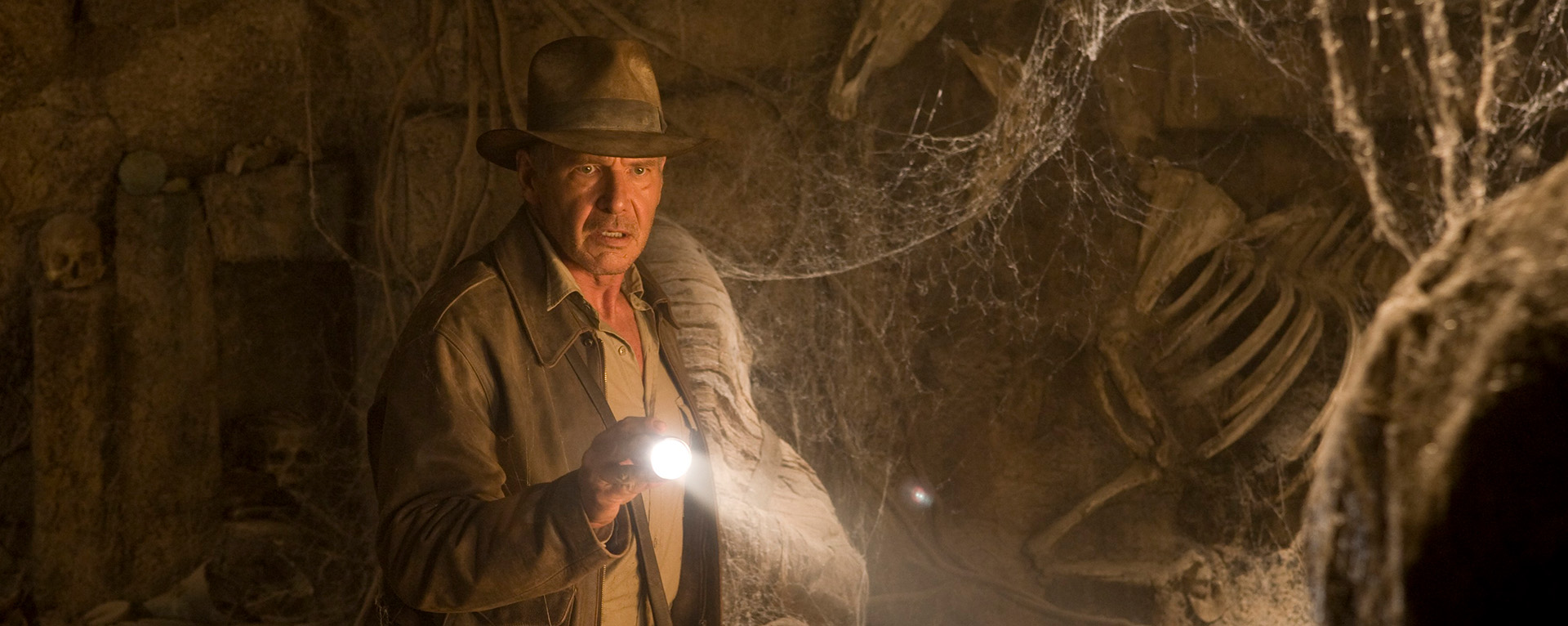The Real Indiana Jones: Curiosity & Creativity
The new article series explores the many sides of this one-of-a-kind adventurer.
“The Real Indiana Jones” is a series that explores the man behind the fedora. Indiana Jones is many things to many people in his world, from a friend or enemy, to an esteemed professor or rival treasure hunter. As viewers of Indy’s big screen and television adventures, we have a unique perspective on the life of this hero, whose own weaknesses are often as important as his strengths.
Moviegoing audiences first met Indiana Jones tramping through a South American jungle in search of an ancient temple. But during the opening sequence of Indiana Jones and the Raiders of the Lost Ark, the man himself remains a mystery. Hidden from clear view, only details of his costume are visible, providing vague impressions of this elusive character.
Pulling back a clump of vines to reveal a terrifying face carved in stone, a member of Indy’s crew runs away in fear. The archaeologist calmly observes the discovery, and moves on. He manages to find a lone poison dart stuck into a tree, a veritable needle in a haystack. Then pausing to carefully review a crumbling map, he notices the faint click of a revolver, and manages to stop another member of his crew from ambushing him with only moments to spare.
Only then does the audience finally meet Indiana Jones face to face. His entrance is ambiguous. This is a man equally alluring and threatening. With each moment, an increasingly complex personality is revealed. With one last crew member in tow, Indy enters the temple. He anticipates each booby trap, calmly assessing one challenge after another, until he manages to get a little in over his head, and runs for his own life.

Throughout this memorable introduction, we meet an Indiana Jones who is keenly observant, aware of every detail in his surroundings. This man is dangerous, but also intelligent. Over the course of many adventures, we learn that Indy possesses a deep curiosity about the world. Wherever he travels, he seems to know the language. Whenever a new mystery presents itself, he seems to know the scraps of lore that form its origin.
Indy’s worldliness stretches back to his childhood, when Indy joins his parents on a world tour as seen in The Adventures of Young Indiana Jones. During an early stop in Egypt, Indy joins a group of archaeologists as they uncover an ancient tomb in the Valley of the Kings. Overcome by the experience of stepping thousands of years into the past, the enraptured young boy finds his career aspiration. He quickly demonstrates his aptitude by helping solve the mystery of a stolen artifact.
Decades later, a grown-up Indy still possesses the same exhilaration. As he enters the final chamber of the hidden temple where a golden idol sits perched on an altar, he takes a deep breath and smiles. Later in Indiana Jones and the Last Crusade, Elsa Schneider describes Indy as “giddy as a school boy” when they discover a knight’s tomb. Even when Indy is embittered after losing his job in Indiana Jones and the Kingdom of the Crystal Skull, he can’t help but get pulled into the mystery of Harold Oxley’s disappearance and the clues he’s left behind.

Indy’s curiosity fuels his ability to think creatively and solve problems, something he has plenty of experience with (much to his chagrin, perhaps). In Raiders, we see him “making this up as I go,” as he puts it, finding any means necessary to overcome seemingly impossible odds and rescue the Ark of the Covenant from the Nazis.
Indy has learned this skill only through experience. As a teenager, his headstrong personality often gets in the way of his ability to read situations clearly and find solutions. While fighting in the trenches of World War I, some of Indy’s comrades become trapped under enemy fire. When Indy fails to see how they can be rescued, his commander explains, “[That is] because you’re not looking.” Lieutenant Moreau observes the battlefield carefully, and together he and Indy manage to free the others.
Months later, Indy is fighting in Africa where he’s assigned to a peculiar unit made up of veteran soldiers, most of whom are past middle-aged. Considered washed out by most, the eclectic bunch employ more brains than brawn in defeating their enemy. There is nothing wrong with making plans, one of them says, “as long as you’re willing to adapt when they don’t work out. He who survives is he who thinks on his feet.” A sarcastic Indy shoots back, “Oh, make it up as you go, that’s great advice.” By story’s end, however, he’s learned the lesson.
This is the Indiana Jones who is able to find a way out of the Well of Souls or sneak into a medieval castle. Yet even after all his years of adventuring, he can still find himself out of ideas. Pursued by a Nazi fighter plane in The Last Crusade, Indy exhausts nearly every means he has of escaping its pursuit. Cornered on a remote beach, it’s Henry Jones, Sr. — himself admitting that such dangers were “a new experience for me” — who finds the means of escape thanks to a flock of nearby seagulls.
What unites Indy’s sense of curiosity and creativity is his imagination. He keeps his mind open to possibility.

Watch Indy’s past adventures — the original four films and The Adventures of Young Indiana Jones TV series — starting May 31 on Disney+. Indiana Jones and the Dial of Destiny arrives in theaters on June 30.
—

